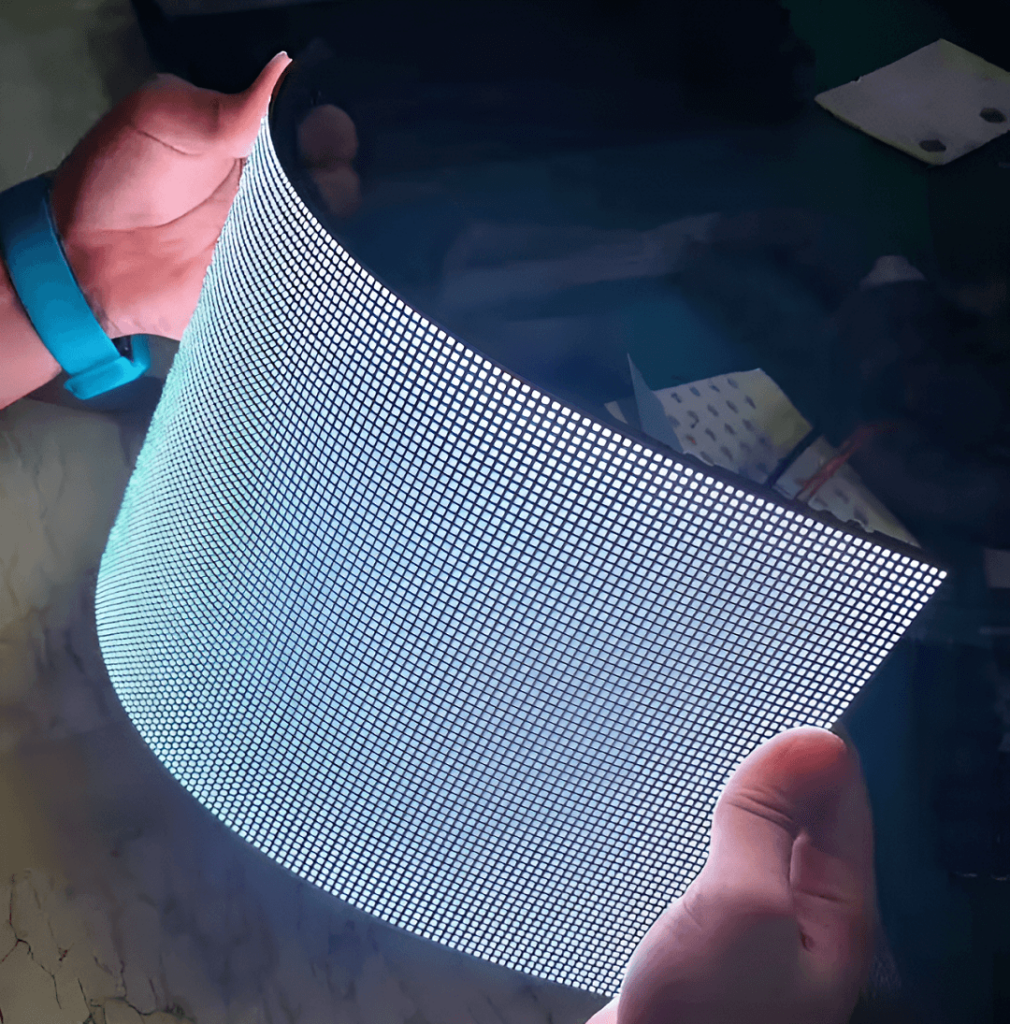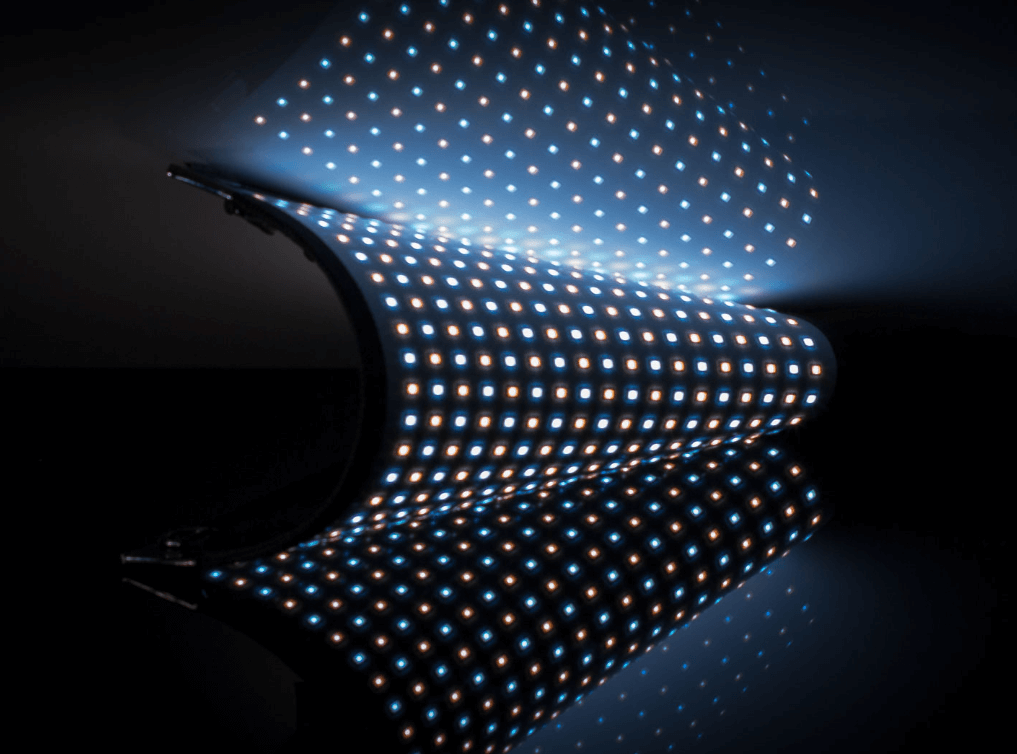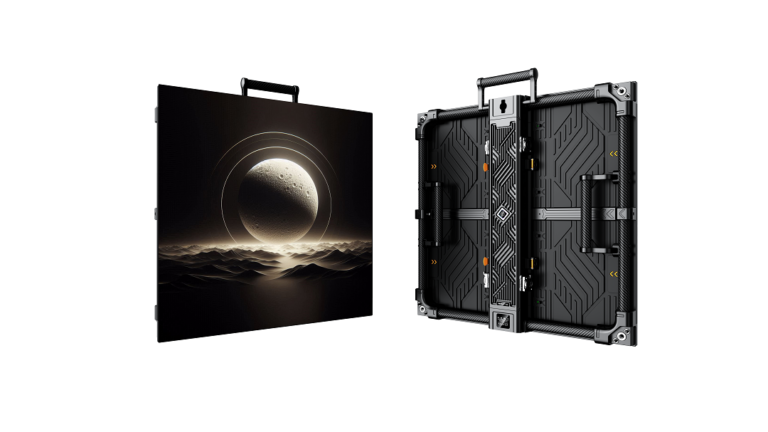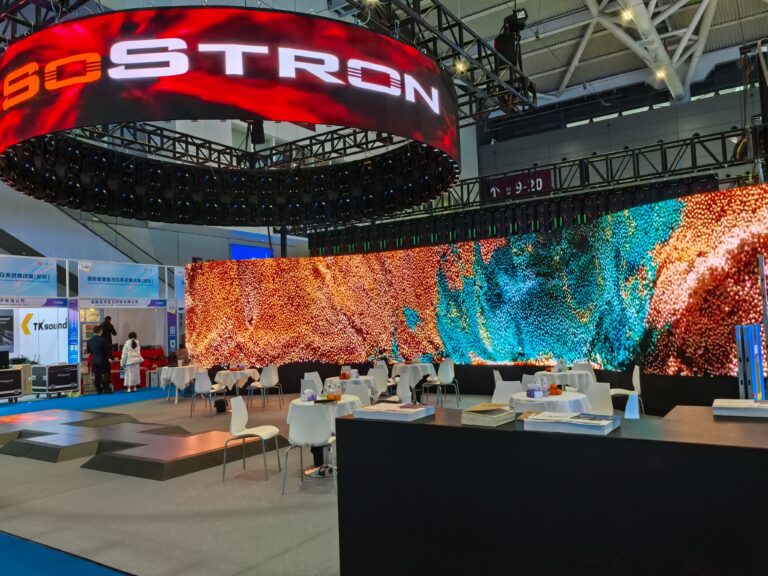Directory
What is an LED module
LED module classification
LED module size
LED module purchase guide
What is an LED module
LED module is the smallest unit of an LED display composed of multiple LED chips, circuit boards, gray control chips, power supplies, etc. Usually, the size and pixel density of LED modules are customized according to specific requirements, and can be freely combined into a variety of sizes and resolutions of LED displays.
LED modules are generally widely used in the manufacturing of outdoor and indoor LED displays, which have the advantages of easy installation, good maintainability and high customization. It can be widely used in billboards, stage shows, sports venues, shopping malls, traffic information release, electronic display and other places and fields.
The key parameters of LED module include pixel spacing, brightness, color temperature, color gamut, gray level, etc. The smaller the pixel spacing, the higher the clarity and delicacy of the display; The higher the brightness, the brighter the display; The accuracy of color gamut will affect the degree of color restoration. The control precision of gray level will affect the brightness variation and image detail.

LED module classification
LED modules can be divided into the following categories depending on the type of package and application area:
DIP LED module: Dual-in-line LED packaging is commonly used in outdoor display manufacturing. It is waterproof, dust proof, high temperature resistance and other characteristics, suitable for all kinds of harsh environment.
SMD LED modules: Surface mount LED packaging, commonly used in the manufacture of indoor displays. It has energy saving, power saving, high brightness and other characteristics, suitable for all kinds of places.
COB LED module: Using chip packaging technology, usually used in the manufacture of large display screens. It has the characteristics of high flexibility, high integration, low cost, can achieve higher resolution and more delicate display effect.
Flexible LED module: Flexible materials can be freely bent, folded and stretched according to needs, and can be applied to the manufacture of irregular curved display panel.
Mini LED module: With a smaller LED chip, higher pixel density and higher brightness can be achieved, suitable for high-end display manufacturing.
Rental LED module: With light materials and quick installation structure, it can be quickly combined into various sizes and shapes of the display screen, suitable for various performances, rental and other occasions.
LED module size
The size of an LED module depends primarily on the size and number of LED chips and is usually described in millimeters (mm). What do you know about the size and resolution of LED displays? Common LED module sizes are:
P2.5, P3, P4, P5, P6, P8, P10 and other indoor module sizes: Common indoor LED display module sizes are usually 2.5mm, 3mm, 4mm, 5mm, 6mm, 8mm and 10mm. These sizes are suitable for a variety of indoor applications, such as shopping malls, exhibitions, conference rooms and so on.
P5, P6, P8, P10, P16 and other outdoor module sizes: The common outdoor LED display module sizes are usually 5mm, 6mm, 8mm, 10mm and 16mm, which are suitable for various outdoor applications, such as squares, stadiums, parks and so on.
P1.875, P1.667, P1.5, P1.25 and other HD module sizes: HD LED display modules are usually 1.875mm, 1.667mm, 1.5mm, 1.25mm and so on. These sizes are suitable for applications requiring HD display effect, such as TV stations, studios, monitoring centers, etc.

LED module purchase guide
Application scenarios: Different application scenarios require different LED modules. For example, indoor commercial advertising screens and outdoor billboards use different LED modules. Outdoor modules are more durable and waterproof, while indoor modules require higher resolution and color restoration.
Viewing distance: Different viewing distances require different pixel densities. For a longer viewing distance, choose a module with a lower pixel density, such as a 10mm or 16mm outdoor module, while for a closer viewing distance, the pixel density should be higher, such as a 2mm or 3mm indoor module.
Display effect: Different application scenarios require different display effects, such as color restoration, contrast, and brightness. For situations that require high definition, choose modules with higher pixel density for sharper and more delicate images.
Maintenance cost: The maintenance cost of choosing LED modules is also an important factor. For example, LED modules tend to decline in brightness and color over time, and replacing LED modules can be time-consuming and costly. Therefore, when choosing LED modules, you need to consider their longevity and maintainability in order to reduce maintenance costs.





